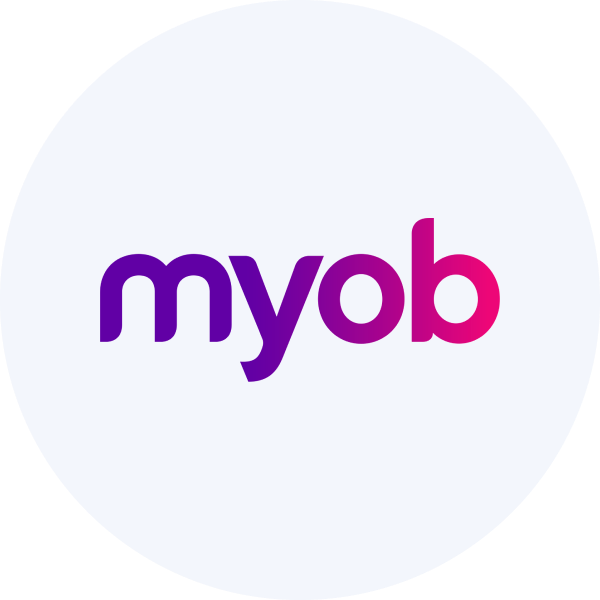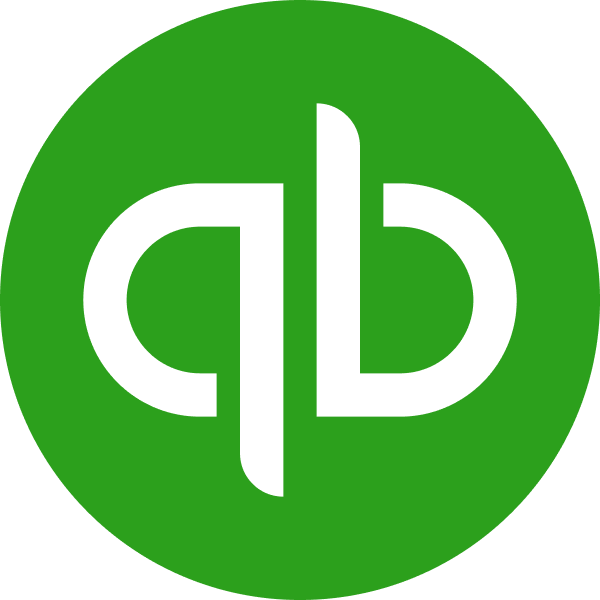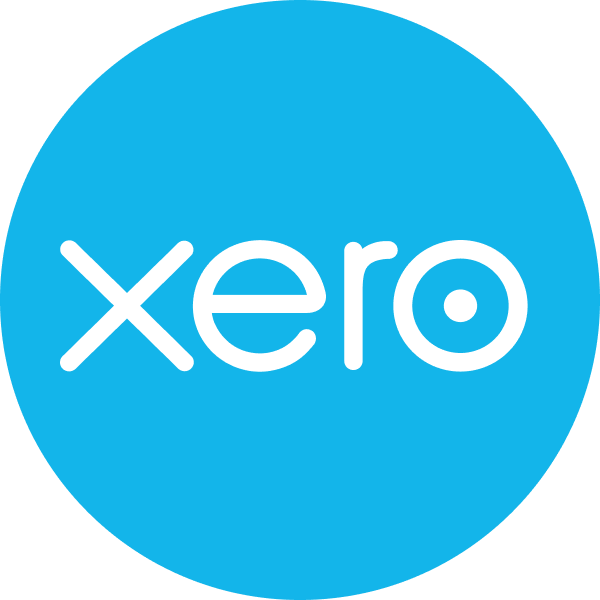Get started with Lending
Learn how to perform the initial setup for the Lending solution
Our Lending solution supports the data collection step of your lending journey, which starts in your own web application. Enable Lending and configure it, then embed our Link SDK in your app to handle the auth flow. Determine where the collected data will be stored and manage the subsequent steps of the lending process in your app.
Enable Lending
- Open the Codat Portal and sign in.
- Click on Settings > Organizational settings > Products.
- In the list of products, find Lending and click Enable. Then, follow the on-screen prompt.
Configure Lending
Data sourcesData source An external platform (such as QuickBooks, Xero, or a bank) that Codat integrates with to pull or push financial data.
In the Codat Portal, navigate to Settings > Integrations to enable and set up the integrations that will serve as a data sourceData source An external platform (such as QuickBooks, Xero, or a bank) that Codat integrates with to pull or push financial data. for the solution. Follow the respective guides for integration-specific instructions.
Data sourceData source An external platform (such as QuickBooks, Xero, or a bank) that Codat integrates with to pull or push financial data. coverage varies by feature, so be sure to review the coverage for the features you want to use.
Accounting
Banking
Commerce
Authorization flow
As part of using Lending, you will need your customers to authorize your access to their data. To do so, use Link - our pre-built, conversion-optimized white-label authorization flow.
We recommend you fully embed this auth flow in your experience by using our Link SDK in your front-end code. You can also choose our out-of-the-box Hosted Link auth flow option to get up and running as quick as possible.
The solution lets you tailor the authorization journey to your business needs. You can:
Data types
Set the minimum set of data types required for Lending to fetch on first link. Each feature may also have additional data type requirements, so be sure to review these for the feature you want to use.
In the Codat Portal, navigate to Settings > Integrations > Data types. As a minimum, you need the following data types enabled:
| Data sourceData source An external platform (such as QuickBooks, Xero, or a bank) that Codat integrates with to pull or push financial data. | Accounting | Banking | Commerce |
|---|---|---|---|
| Data types | companychartOfAccountsbalanceSheetprofitAndLossbankAccountsbankTransactions | banking-accountsbanking-transactionsbanking-transactionCategoriesbanking-accountBalances | commerce-companyInfocommerce-customerscommerce-orders |
Configure the solution to refresh data when you need it by setting a synchronization frequency on the same screen. We recommend setting it to a daily or a monthly syncSync The process of fetching the latest data from a connected data source. Syncs can be triggered manually or run automatically on a schedule..
WebhooksWebhook An automated notification sent from Codat to your application when specific events occur, such as when data syncs complete or connections change status.
Codat supports a range of event types you can listen to that help you manage your data pipelines. Many of these events send a message for each dataType separately.
In the Codat Portal, navigate to Settings > WebhooksWebhook An automated notification sent from Codat to your application when specific events occur, such as when data syncs complete or connections change status. > Create consumer and click Add endpoint to add a new webhook consumer endpoint and get the most out of Lending:
-
This means an issue occurred when syncing the specified data type. Resolve the issue and initiate the sync for this dataset again.
-
This means data has been updated for the specified data type. This can include new, updated or deleted data. You should then refresh the data in your platform.
-
This means categories associated with accounts have been updated for the categorized profit and loss statement and the categorized balance sheet statement components.
Use Lending
Before you can collect your SMBSMB The primary customer segment that Codat helps businesses serve, typically companies with annual revenues under $500 million. customer's data, you need to create a Codat company and connect it to a data sourceData source An external platform (such as QuickBooks, Xero, or a bank) that Codat integrates with to pull or push financial data. (for example, an accounting software). You can do that in two ways:
- In the Codat Portal by navigating to Companies > Create companyCompany In Codat, a company represents your customer's business entity. Companies can have multiple connections to different data sources.
- By calling the Create company endpoint of our APIAPI A set of rules and protocols that allows different software applications to communicate with each other. Codat provides APIs for accessing financial data from accounting, banking, and commerce platforms.
Remember to authenticate if you are making calls to our APIAPI A set of rules and protocols that allows different software applications to communicate with each other. Codat provides APIs for accessing financial data from accounting, banking, and commerce platforms.. Navigate to Developers > APIAPI A set of rules and protocols that allows different software applications to communicate with each other. Codat provides APIs for accessing financial data from accounting, banking, and commerce platforms. keys in the Portal to pick up your authorization header.
To establish a connectionConnection A link between a Codat company and a data source (like an accounting platform). Each connection represents authorized access to pull or push data from that platform. to a data sourceData source An external platform (such as QuickBooks, Xero, or a bank) that Codat integrates with to pull or push financial data. and syncSync The process of fetching the latest data from a connected data source. Syncs can be triggered manually or run automatically on a schedule. business data, your customer must grant you access. They can do so using our Link auth flow solution, which we recommend you use in your app.
Once the connectionConnection A link between a Codat company and a data source (like an accounting platform). Each connection represents authorized access to pull or push data from that platform. is established, Codat will retrieve data for the data types you have previously set up to fetch on first linkLink The authorization flow that allows end users to connect their accounting, banking, or commerce platforms to your application via Codat.. You can listen for the NewCompanySynchronized event to get notified once these initial syncsSync The process of fetching the latest data from a connected data source. Syncs can be triggered manually or run automatically on a schedule. are complete, and at least one of them is successful.
Underwriters
Make use of our Excel export reports to audit source data and perform underwriting with confidence.
Developers
Interact with our Lending reference to understand required body parameters, responses, and errors. Use our client SDKs to simplify your implementation journey.
Client libraries
Use our comprehensive Lending library to kick-start and simplify your build. Simply install the library in one of the supported languages and pass your base64-encoded APIAPI A set of rules and protocols that allows different software applications to communicate with each other. Codat provides APIs for accessing financial data from accounting, banking, and commerce platforms. key to the constructor.
- TypeScript
- Python
- C#
- Go
Install
NPM
npm add @codat/lending
Yarn
yarn add @codat/lending
Initialize
import { CodatLending } from "@codat/lending";
const lendingClient = new CodatLending({
security: {
authHeader: "Basic BASE_64_ENCODED(API_KEY)",
},
});
Install
pip install codat-lending
Initialize
from codat_lending import CodatLending
from codat_lending.models import shared
lending_client = CodatLending(
security=shared.Security(
auth_header="Basic BASE_64_ENCODED(API_KEY)",
),
)
Install
dotnet add package Codat.Lending
Initialize
using Codat.Lending;
using Codat.Lending.Models.Shared;
var lendingClient = new CodatLending(
security: new Security() {
AuthHeader = "Basic BASE_64_ENCODED(API_KEY)",
}
);
Install
go get github.com/codatio/client-sdk-go/lending
Initialize
import (
"context"
lending "github.com/codatio/client-sdk-go/lending/v4"
"github.com/codatio/client-sdk-go/lending/v4/pkg/models/operations"
"github.com/codatio/client-sdk-go/lending/v4/pkg/models/shared"
"log"
)
func main() {
lendingClient := lending.New(
lending.WithSecurity(shared.Security{
AuthHeader: "Basic BASE_64_ENCODED(API_KEY)",
}),
)
}
Read next
Explore the features that make up our Lending:





















